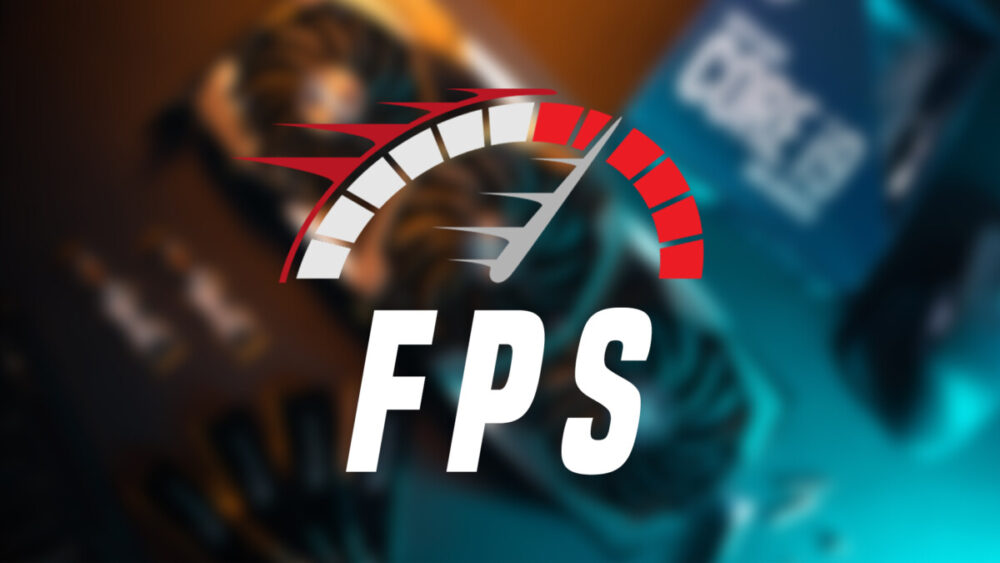How to Boost FPS Without Upgrading Your GPU
Let’s be honest, GPU prices haven’t exactly been kind lately. Whether you’re stuck on an older card or just trying to squeeze every last frame out of your current setup, upgrading your graphics card isn’t always realistic. The good news? You can still get noticeably better performance without shelling out hundreds (or thousands) for new hardware.
We’re talking about real-world tweaks that can help you boost FPS in your games—even if your GPU is limping along at the edge of its capabilities.
First Things First ─ Know Your Baseline
Before you change anything, figure out where you’re starting. FPS (frames per second) is measurable, and tracking it before and after each tweak helps you know what’s actually working.
Tools to Monitor FPS:
- MSI Afterburner (with RivaTuner)
- Steam’s built-in FPS counter
- NVIDIA GeForce Experience Overlay
- Fraps (older, but still works)
Don’t rely on “feeling smoother.” Log your average FPS before making any changes. Take screenshots if you have to. Keep it real.
It’s like using an AI detector free tool: before trusting performance claims, you need a clean, measurable reference point.
Game Settings That Actually Matter
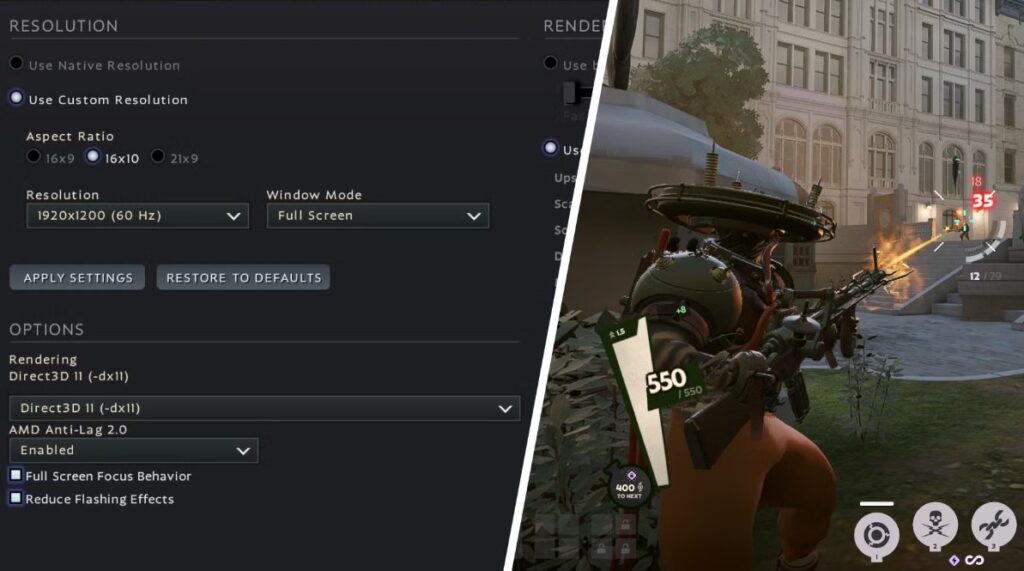
Source: dualshockers.com
Game settings are the low-hanging fruit. You don’t have to turn everything into a potato to get better performance, but some settings do kill FPS more than others.
Priority Settings to Lower:
| Setting | Impact on FPS | Why it matters |
| Shadows | High | Dynamic shadows hit both GPU and CPU |
| Anti-Aliasing (especially MSAA) | High | Clean edges come at a cost |
| Ambient Occlusion | Medium-High | Fancy lighting eats resources |
| Volumetric Lighting | High | Fog, rays, and smoke = GPU load |
| Post-Processing Effects | Medium | Bloom, motion blur, film grain |
| Draw Distance | Medium | Depends on the game engine |
What You Can Keep Higher:
- Texture quality (if you have enough VRAM)
- Anisotropic filtering (very minor performance cost)
- Resolution scaling (if the game supports it dynamically)
Some games let you use a resolution scaler instead of reducing your screen res—drop it to 85% or even 70% and it might look fine and boost frames.
Kill Background Processes
Your GPU isn’t the only thing doing work. Your CPU, RAM, and even your storage speed all play a role. So don’t let your system waste resources on stuff that doesn’t matter when you’re gaming.
What to close:
- Chrome tabs (they love to eat RAM)
- Auto-updaters (Battle.net, Steam, Epic, etc.)
- Background apps like Discord overlays, RGB control panels, and browser extensions
Use Task Manager (Ctrl + Shift + Esc) and sort by CPU or Memory. If something’s hogging the system, shut it down—at least while you’re gaming.
Bonus tip ─ Turn off hardware acceleration in apps like Chrome, Spotify, and Discord.
Use Fullscreen, Not Borderless Windowed
It sounds minor, but it’s not. Borderless windowed mode can tank your FPS depending on your setup, especially if you’re using G-Sync or FreeSync.
Set your game to exclusive fullscreen mode. This allows your GPU to go all-in on the game, without trying to juggle Windows UI rendering in the background.
Tweak In-Game Resolution or Use Image Scaling
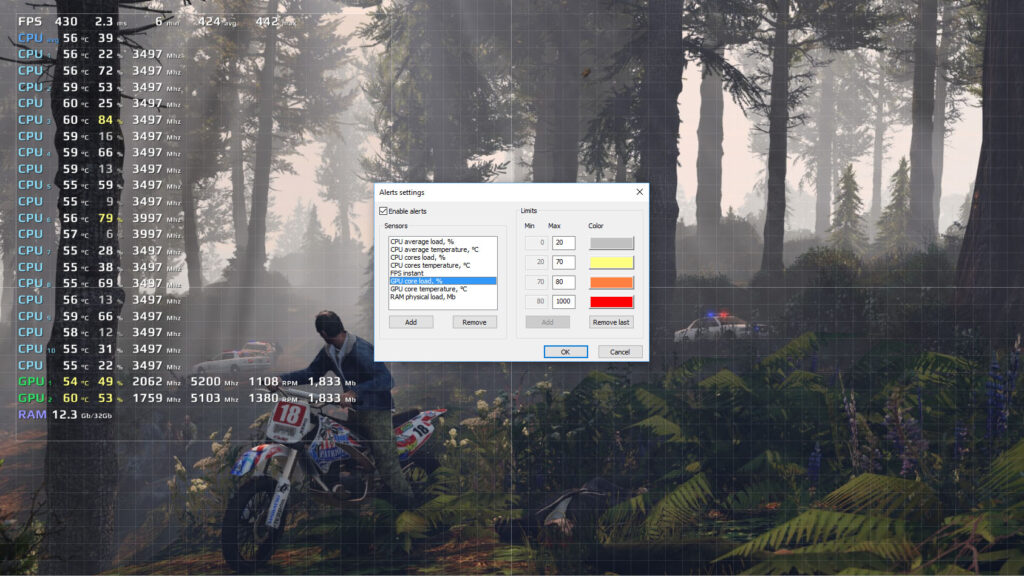
Source: fpsmon.com
If you’re struggling at native 1080p or 1440p, you’ve got two realistic options:
1. Drop Resolution
It’s brute-force, but dropping from 1080p to 900p can give you a big frame boost. Just be prepared for things to look a bit softer.
2. Use Image Scaling or FSR/XeSS/DLSS (if supported)
- NVIDIA Image Scaling works even without DLSS-capable GPUs.
- AMD FSR is supported by tons of games now.
- Intel XeSS is another solid option (works even on NVIDIA and AMD cards in some titles).
They all render the game at a lower res and then upscale it back to native. Not perfect, but better than a blurry screen—and way faster.
Lower Input Lag and Improve Responsiveness (Without Killing FPS)
Let’s not forget—you’re not just chasing pretty frames. You want smooth and responsive gameplay.
Do this:
- Turn off V-Sync (unless you have serious tearing)
- Enable Low Latency Mode (NVIDIA) or Radeon Anti-Lag (AMD)
- In competitive games, use high performance mode in your GPU control panel
Every millisecond counts in shooters or esports titles. Sacrifice a bit of fidelity if needed—your kill-death ratio might thank you.
Update Drivers the Right Way
Yes, driver updates matter. But don’t just blindly install everything the moment it drops.
Best practices:
- Use Display Driver Uninstaller (DDU) for a clean slate every few months
- Stick to WHQL-certified versions unless you need something game-specific
- Check forums or Reddit for feedback before updating to the newest release
A bad driver can destroy performance, or fix it. Treat updates like firmware for your graphics brain.
Don’t Forget BIOS and Chipset Drivers
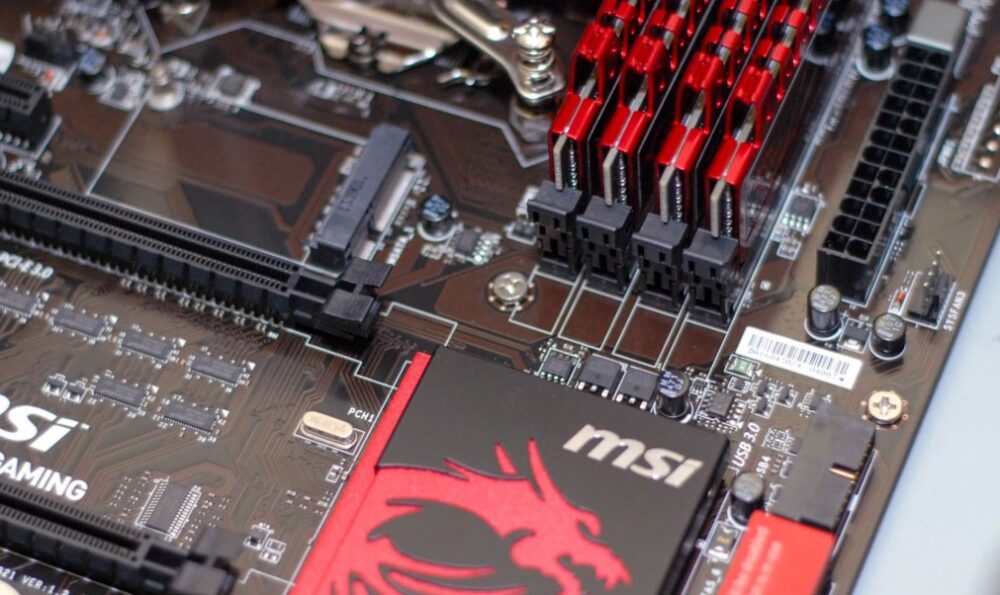
Source: howtogeek.com
If you built your PC years ago and never touched the motherboard site again, it might be time.
- Update your motherboard BIOS (check manufacturer site)
- Install latest chipset drivers
- Set PCIe settings to Gen3 or Gen4 manually (sometimes BIOS leaves it at Gen2)
This especially matters for systems running Ryzen or newer Intel CPUs. Bottlenecks aren’t always visible, but they’re there.
Clean Your PC (Literally)
Your FPS might be getting choked by something as dumb as dust.
- Check your GPU fans
- Make sure your CPU isn’t thermal throttling
- Use HWMonitor or Core Temp to check temps
If your GPU is hitting 85°C+ consistently, it’s going to throttle. Clean out the fans, apply fresh thermal paste if you know what you’re doing, and improve airflow.
Disable Windows Eye Candy
You probably don’t need transparent taskbars and animated windows while you’re playing Call of Duty.
Go to:
System > Advanced system settings > Performance settings
Choose “Adjust for best performance.”
Also, disable Xbox Game Bar unless you actually use it, it eats resources, even when idle.
Game Mode and Hardware-Accelerated GPU Scheduling
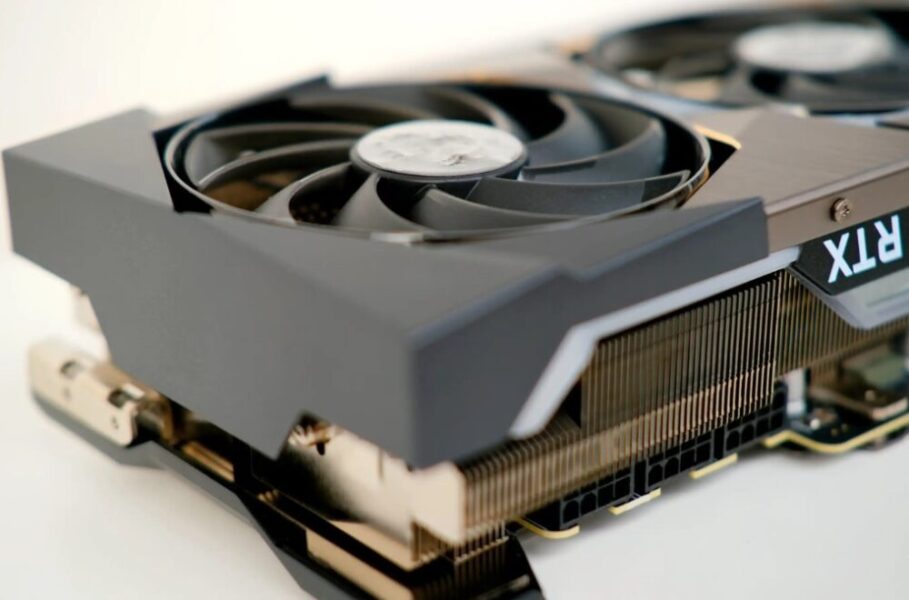
Source: pcworld.com
Let’s break it down:
- Windows game mode ─ Worth keeping on, especially for newer titles. It gives your game priority access to CPU and GPU.
- Hardware-accelerated GPU scheduling ─ Can help or hurt depending on your system. Try it both ways.
You’ll find that under:
Settings > System > Display > Graphics > Change Default Graphics Settings
Toggle it, restart, and benchmark. Only keep it if your FPS benefits.
Overclocking (Yes, Even Without Buying New Gear)
A little extra juice can help—just don’t go crazy.
Safe Overclocks:
- Use MSI Afterburner for GPU tuning
- Increase core clock in small steps (+25MHz)
- Do the same with a memory clock
- Stress test with Heaven Benchmark or 3DMark
Don’t forget to bump up the power limit to 105–110% if your card allows it. Most modern GPUs throttle themselves before they overheat, so you’ve got some wiggle room.
Also: don’t skip undervolting. On some cards (like RX 5700 XT), undervolting can increase performance by keeping temps lower and boosting clocks more consistently.
RAM Tweaks Can Help Too
If you’re sitting on 8GB of RAM and modern games are eating 10GB+… you’re gonna have a bad time.
- Upgrade to 16GB if you can—huge impact on stutter reduction.
- Use dual-channel, not single.
- Tighten RAM timings and enable XMP/DOCP in BIOS.
If you already have 16GB+, just make sure it’s running at full speed (not 2133MHz defaults).
Final Thoughts
You don’t need a shiny new RTX card to enjoy smoother gameplay. Most systems have a little more performance hiding under the hood; you just have to coax it out. Tune your game settings, clean up your software (and hardware), and apply smart tweaks that match your system’s quirks.
You’ll know you’re on the right track when your game stops feeling like a stuttery mess and starts responding the way it should.
FPS gains aren’t just for people with deep wallets. They’re for anyone willing to put in 30 minutes, some curiosity, and maybe a can of compressed air.

